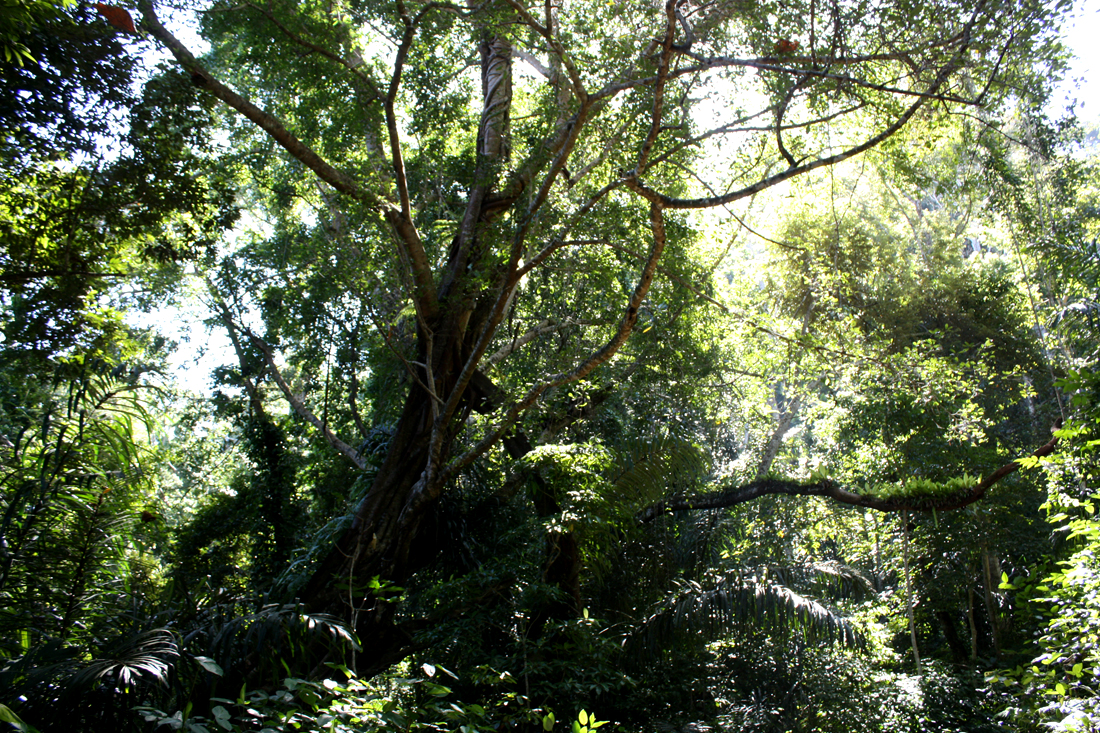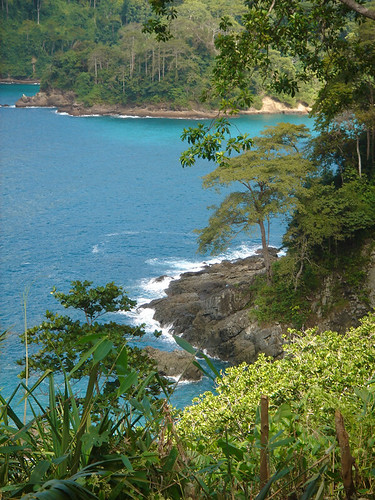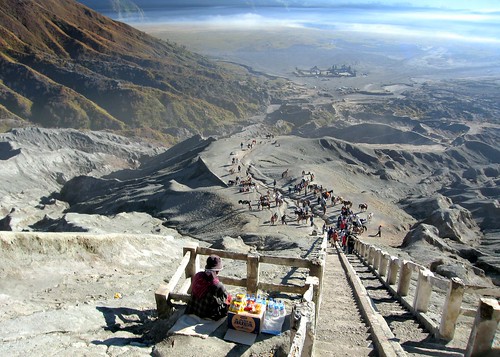Mount Leuser National Park is one of the largest national parks in the world, containing over 800,000 hectares of virgin rainforest. The park is home to orangutans, gibbons, monkeys, elephants, tigers, and among the last of the Sumatran rhinoceros. There are research facilities for the study of primates, birds and insects, the Orangutans rehabilitation center at Bukit Lawang being the most popular with tourists. It is possible to raft Alas River from Ketambe to the Indian Ocean on a 4 - 5 day expedition. The journey takes us through exciting white-water rapids to the calmer, crocodile-infested waters of the lowlands. Basic accommodation is available at Ketambe.
The Leuser National Park of Gunung Leuser is probably the wildest in Indonesia, located in Southeast Aceh, can be reached from either Kutacane, or Takengon. This magnificent national park has a wealth of flora and fauna. The Leuser Ecosystem is an outstanding wilderness in Aceh northern Sumatra. It is one of the richest expanses of tropical rain forest in Southeast Asia. More than 2.5 million hectares in size, it is the last place on earth where elephants, rhinos, tigers, clouded leopards, and orangutans are found within one area.
The first official statement of intent to protect the Leuser Ecosystem was signed in 1934. The Leuser International Foundation (a non-profit non-government organization) was established in the late 1990's when the ecosystem was seriously under threat from illegal logging and wildlife poaching.
Geographically, the Leuser Ecosystem lies between 3-4.5° North and 96.5-98° East. It covers approximately 2.6 million hectares of tropical rain forest, encompassing 890,000 hectares of designated national park, as well as extensive areas of protection and production forests. The ecosystem contains two major volcanoes, three lakes, and nine major river systems that flow to the east and west coasts of the island.
The Leuser Ecosystem has an enormous level of biodiversity. It contains at least 127 mammal species, including the Sumatran elephant, Sumatran tiger, Sumatran rhinoceros, and Sumatran orangutan. About 8,500 different plant species grow in the beach, swamp, lowland, mountain and alpine ecosystems of the Leuser Ecosystem. Of the 10,000 plant species recorded in the West Indo-Malayan Region, 45% are found in the Leuser Ecosystem. Spectacular plants such as Rafflesia (the largest flower in the world) and Amorphophallus (the tallest flower in the world) are among the plants protected there.
Mount Leuser National Park is one of the biggest national parks in Indonesia (950,000 hectare). Actually, it's a collection of various nature reserves and forests: Nature Reserve Mount Leuser, Nature Reserve Kappi, Nature Reserve Kluet, Sikundur Langkat Wildlife Reserve, Ketambe Research Station, Singkil Barat and Dolok Sembilin. Most parts of the national park lie in the region Aceh Tenggara (SE Aceh). Other parts are situated in the region east Aceh, south Aceh, and Langkat.
Mount Leuser National Park comprises more than 100 kilometers of the Bukit Barisan Mountains. Because of that, the park consists of steep, almost inaccessible mountainous terrain. The altitude ranges from 0 meter, in Kluet (South Aceh), to 3,381 meter, on top of the mount Leuser (Southeast Aceh). The Alas River cuts the park into an eastern and western half. Apart from mountains we find several other ecosystems: beach forest, swamp areas, lowland rainforest, alpine and mountain forest. In Bukit Lawang is the Orang Utan Rehabilitation Station and in Ketambe stands the Ketambe research station.[source : Gunung Leuser]
See The Beauty




















































